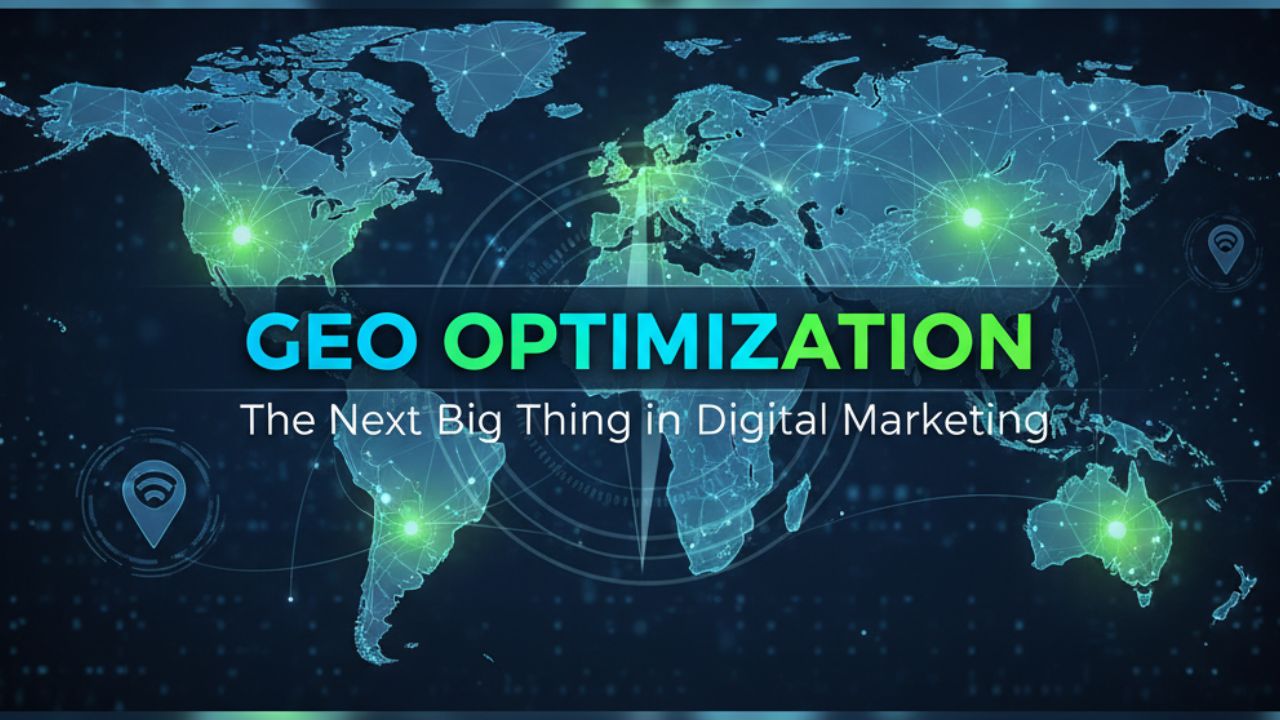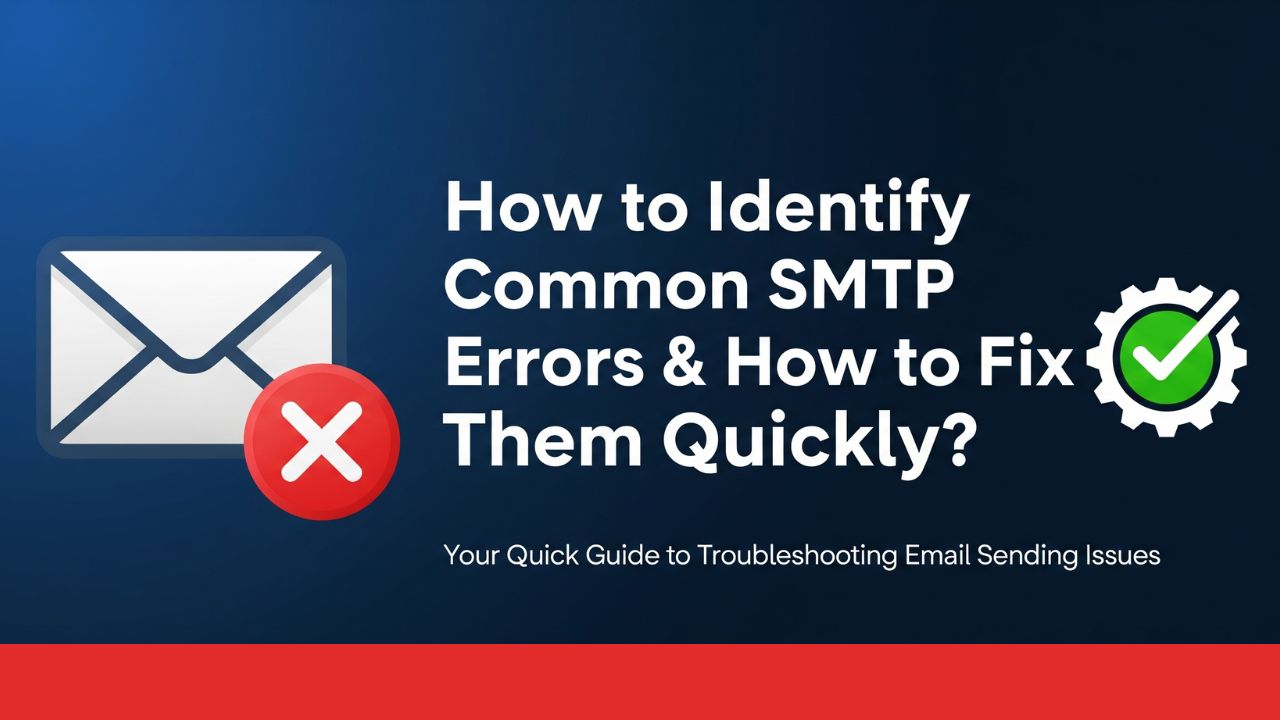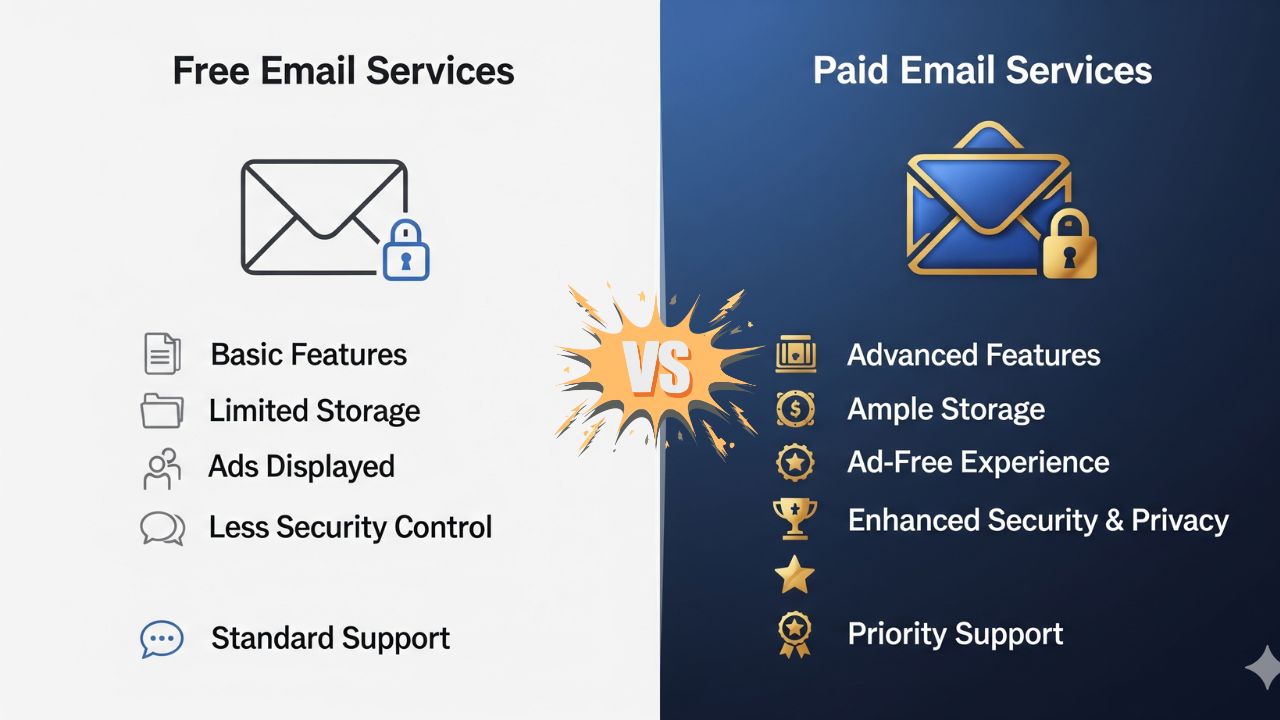The digital landscape is evolving faster than we would have ever imagined. AI has played a major role in this digital shift.
Nowadays, AI has become an integral part of users who search online. It has not only made things easy but also has improved user experience.
For years, SEO (Search Engine Optimization) has been the base for online success for businesses across the globe. However, with the rise of AI, GEO ( Generative Engine Optimization) is becoming the next big thing in digital marketing. Now, to succeed on the internet, it GEO optimization is also equally important as SEO optimization.
What GEO is? How you can optimize for it? We will answer to these questions along with many other in this post.
Let us start with a brief discussion about GEO.
Table of Contents
ToggleWhat is GEO? A Quick Look.
Abbreviated for generative engine optimization, GEO is the new boss in the digital marketing industry. Earlier, content used to be created according to SEO to gain visibility and higher ranking in the SERPs. But now, it is also important to follow the GEO approach to overshadow your competitors.
GEO works according to AI-powered search results where the generative engine delivers tailored results prepared from multiple sources. The aim of GEO is to provide accurate results for search queries made by the users so that they don’t have to click on different pages.
Now, when it comes to optimizing according to GEO, you need to optimize your content in a way so that it is picked by AI-driven engines when they generate a tailored response for a specific search query.
Why GEO is Emerging?
There are many contributing factors leading to the rise of GEO:
Shift in User Behavior
With increasing hyper-personalization, users no longer want to scroll through the pages to get desired search results. They want direct, authoritative answers. People are trusting generative AI tools for online searches, recommendations, and even purchase decisions.
AI’s Authority is Growing
With every search result, AI engines give references of the website from which data has been picked. This boosts trust of the users. As a result, if your brand is visible in those references, it will serve as a factor of trust and brand’s credibility.
Declining SERP Focus
With ads, snippets, and AI overviews taking up the top positions, some businesses are losing focus in SERPs. GEO ensures that brands find ways to get better visibility in this changing digital landscape.
Maintaining the Trust
Misinformation is everywhere, and it is there since the digital landscape’s presence. Plus, it spreads faster than the correct information. Here, AI platforms prioritize content that is true, credible, authoritative, and trustworthy.
How to Do GEO Optimization?
Just like SEO’s pillars – keywords, backlinks, and technical parameters, GEO also has its foundation blocks that you need to focus on while doing GEO optimization:
Structured, Machine Readable Content
If we talk about generative engines, they like clarity. Hence, the cleaner the structure of your content, more easily it will be read by AI engines. For this, you can use schema markup, knowledge graph connections, and FAQs. This will ensure that your content is picked and quoted correctly.
Conversational and Contextual Writing
The best way to get featured in generative AI’s tailored responses is that you need to phrase content like users ask questions. The tone of the content must be conversational. Using long-tail keywords, natural-sounding phrasing, and context-driven informational is the key.
Credibility and Authoritativeness
AI models prioritize sources that are credible and reliable. Hence, you need to build digital authority through consistent brand reputation, thought leadership articles, high-quality backlinks, and verified authorship.
Multi-Format Optimization
Tomorrow’s engines don’t just pull from text, they incorporate video transcripts, podcast metadata, social interactions, and even user-generated reviews. A GEO-friendly strategy ensures your brand identity is strengthened across formats.
Continuous Adaptation
Unlike traditional SEO, where results could be stable for months, GEO is increasingly dynamic. AI models learn, update, and retrain constantly. Brands need to monitor how they are being referenced in generative responses and refine their strategies accordingly.
GEO vs. Traditional SEO: What’s the Difference?
While GEO overlaps with SEO, the two are not interchangeable. Here’s a quick comparison:
| Factor | SEO | GEO |
| End Goal | Gain high SERP rankings | Get cited or referenced in AI-generated answers |
| Primary Consumer | Search engines | Generative AI models or chatbots |
| Content Style | Keyword-centric and structured for crawlers | Conversational and credibility focused |
| Visibility | Measured by rankings and traffic | Measured by being included in AI recommendations |
| Time for Results | Takes weeks or months to get results | Shorter cycles |
In reality, SEO and GEO will coexist for the foreseeable future. While traditional SEO ensures visibility in standard search, GEO guarantees relevance in generative AI landscapes. Companies need to master both to future-proof their marketing.
Examples of GEO in Action
To make this concept more tangible, let’s imagine some scenarios:
Local Business Optimization
Instead of “best Italian restaurants in Mumbai” returning a list of websites, a generative AI says, “You might enjoy visiting Romano’s in Powai or Gustoso in Khar.” If your restaurant’s reviews, menus, and content are not optimized for GEO, you’ll be missing from those AI-driven suggestions.
E-commerce Brands
An AI assistant asked about “the safest running shoes for beginners” might highlight a brand’s product, if that brand has well-documented, structured product data, customer testimonials, and authority reviews incorporated into AI-accessible channels.
B2B Services
A CEO using an AI copilot tool to research “top cybersecurity firms for small businesses” will only see firms that AIs recognize as credible, frequently cited, and cross-validated. Companies absent from structured directories or whitepapers risk invisibility.
These examples make one thing clear: companies that fail to embrace GEO will get sidelined in tomorrow’s AI-first ecosystem.
The Future of GEO in Digital Marketing
Every digital revolution brings opportunities for early adopters. Just as brands that invested in SEO in the mid-2000s dominated visibility for years, those who embrace GEO now will establish an early moat. Several factors point toward GEO becoming foundational in digital marketing:
Rise of AI Shopping Assistants
Platforms like Amazon, Flipkart, and niche e-commerce marketplaces will integrate generative assistants that recommend products directly. GEO ensures your products are featured in answers, not buried.
Corporate AI Adoption
Enterprise software increasingly includes AI copilots that rely on curated data. GEO strategies will determine which vendors, case studies, and solutions are cited.
Content Saturation
With millions of new pages being created daily, the signal-to-noise ratio will worsen. Generative engines will act as filters, prioritizing content that hits GEO benchmarks for authority and clarity.
Personalized Experiences
GEO will evolve toward personalization. Instead of one-size-fits-all results, AI answers will adapt to user history, intent, and preference. Brands that align early with personalized GEO strategies will stand out.
How Businesses Can Prepare for GEO Today?
Getting started with GEO may seem daunting, but the fundamentals are within reach for most businesses. Here are some practical steps:
Audit your Digital Presence
Assess how your brand currently appears in generative AI responses. Experiment with queries and track whether AI engines mention your business.
Invest in Authority Content
Publish comprehensive guides, case studies, and niche expertise pieces that position your brand as a trusted source.
Adopt Structured Data
Use schema markup for products, reviews, and local listings to make your content machine-readable.
Think Multi-Channel
Diversify content beyond blogs, embrace videos, podcasts, and user-generated review platforms.
Monitor AI Citations
Just like backlink monitoring, businesses will soon need tools to track citations and mentions in generative systems.
Build Human-Like Content
Focus on clarity, empathy, and human relatability—traits that generative engines prefer for high-quality synthesis.
Final Thoughts
The digital marketing industry is about to undergo major disruption. As generative AI reshapes how users discover products, services, and information, businesses must evolve. Generative Engine Optimization is not just another buzzword, it’s a survival strategy.
Brands that take GEO seriously today will occupy the AI-generated front page of tomorrow. Those who cling to outdated tactics risk fading into obscurity. Much like the early days of SEO, the field is uncharted, experimental, and ripe with opportunity.
So the question is simple: when AI engines start recommending, will your brand’s name be there?




